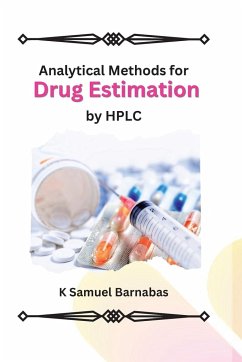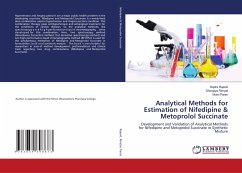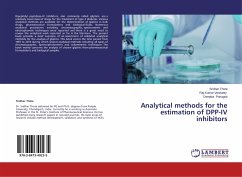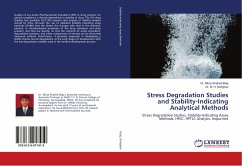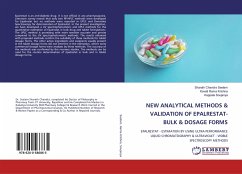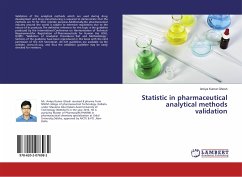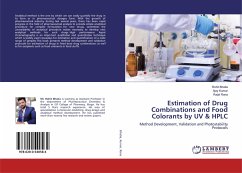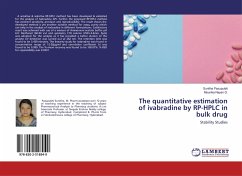Analytical Methods for Drug Estimation by HPLC, written by K Samuel Barnabas, is a comprehensive guide that covers various analytical techniques used in drug estimation by High-Performance Liquid Chromatography (HPLC). This book is an essential resource for students, researchers, and professionals in the pharmaceutical industry who are interested in drug analysis and quality control. The book provides an in-depth understanding of HPLC and its application in the analysis of drugs. It covers topics such as quantitative analysis, validation, and calibration of analytical methods, pharmacokinetics, and pharmacodynamics. It also discusses sample preparation techniques such as solvent extraction and solid phase extraction, and the use of mobile and stationary phases in HPLC. Furthermore, the book includes information on various detectors such as UV-Vis, PDA, and mass spectrometry, and how they are used in drug estimation. It explains the concepts of ionization, ion pairing, gradient elution, isocratic elution, reversed-phase, normal-phase, and chiral separation, which are essential in method development and optimization. The book also discusses the importance of robustness, sensitivity, accuracy, precision, and limit of detection and quantification in analytical methods. It also covers topics such as linearity, selectivity, specificity, stability-indicating methods, degradation products, quality control, quality assurance, GMP, GLP, ICH Guidelines, USP, European Pharmacopoeia, FDA Regulations, and analytical standards. Overall, Analytical Methods for Drug Estimation by HPLC is an excellent reference book for students, researchers, and professionals who are interested in pharmaceutical analysis, quality control, and drug development. It is written in a comprehensive and accessible manner and provides a wealth of knowledge and practical advice on HPLC analysis of drugs.

